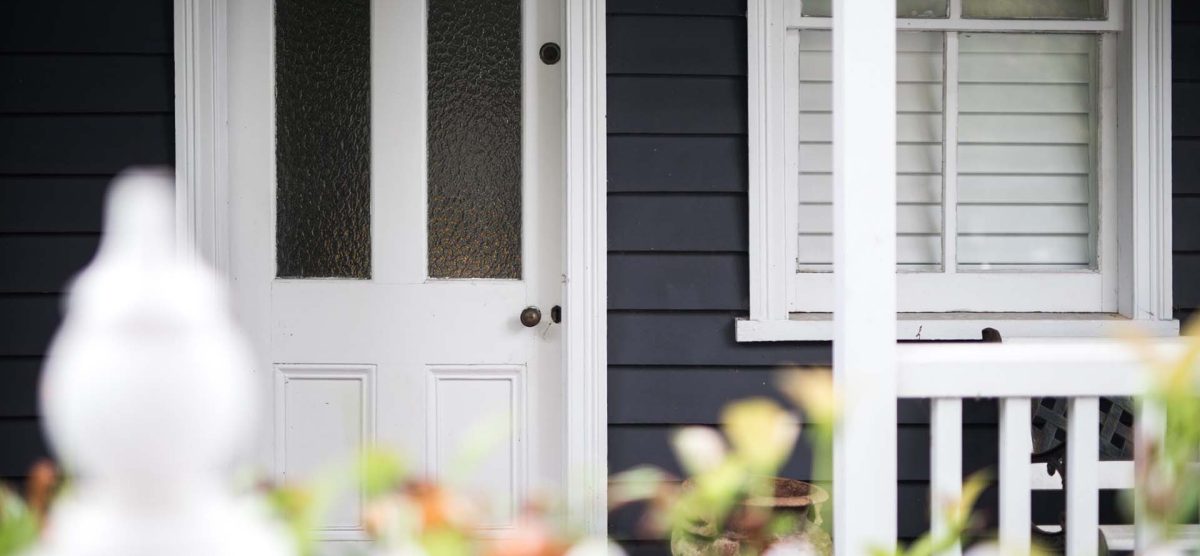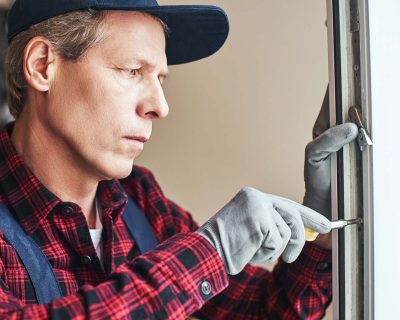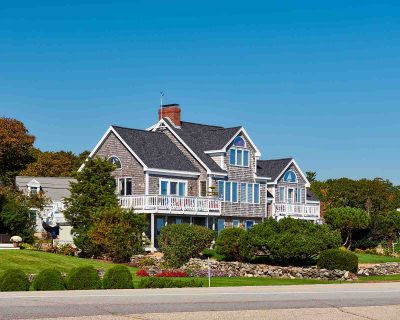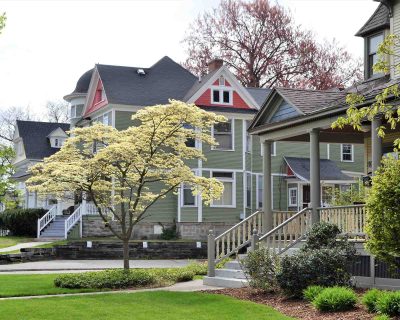Blog

How Do I Choose A Main Door For My House?
The main door for any home should be tough enough to stand up against the elements but still be appealing enough to make a good first impression. There are so many options for door replacements to choose from, including single entry doors, double doors, and screen doors. Choosing the perfect main door to match a home’s architecture is critical to a home’s exterior appeal.
Here we look at some of the front door designs, the benefits of different materials as well as some considerations when choosing a main door for your home.
Front Door Designs
Most manufacturers provide dozens of door types that can be paired with different materials and colours. Some companies offer a “design your door” feature where you can choose the type of slab, the sidelite, jamb colour, and the hardware. This feature is perfect for creating the right door for your home. Since this type of door is custom made it may take an additional time to make, which is something to factor in before making a decision. Front door designs also vary in type. These can include: single entry doors, double doors and even if you would like to add a screen door or storm door. Ultimately the designs available for your home depend on the measurements of your brick to brick opening. Choose a design that suits your home’s architectural look and feel but also meets your aesthetic needs as well.
Materials for front doors
Wood
Wooden doors can be seen as luxurious and stylish, and add a distinct look and feel to the entrance of your home. However, despite the elegant look, they can require a fair amount of maintenance. Wooden doors are resistant to dents and corrosion and relatively inexpensive to repair but they do not fare well against the elements over time. An untreated wooden door is prone to taking on moisture which can lead to warping and cracks. In addition, direct sunlight exposure can cause the wood to fade and cause cracks and fissures. Wooden doors would work best when installed in a protected area like an overhang or located in a shaded area. It’s also recommended to treat wooden doors once a year with a protective finish.
Steel
Steel doors don’t require much maintenance, they won’t crack or warp but they can dent. Minor dents can be fixed with repair kits but large dents may require a complete replacement. Steel doors can also withstand various climates and elements. Depending on the core of a steel door it can have great energy efficiency as well.
Fibreglass
Similar to steel, fibreglass doors are durable and require little maintenance. This material does well in all weather conditions. Fibreglass works especially well in humid or sub-zero temperatures. These doors often come with an insulated foam core that provides a protective barrier, making them more energy-efficient. Fibreglass doors are resistant to wear and tear and won’t crack, rust, or become dented.
When choosing a door replacement it’s key to look at the available designs that can fit your current door space. You would also want to choose a door design that will fit the overall aesthetic of your home’s exterior, in turn increasing your home’s curb appeal. Choosing the material for your door replacement affects thermal efficiency and overall durability. There are benefits and drawbacks for each material but the final decision will come down to your location, needs and preferences. When looking for a new main door, consider the entrance that the door connects to. If the entrance leads to a darker hallway, consider a door with window panes or a sidelite or a transom to add more natural light to that space. If your home has large windows you might want to consider a solid slab door with no windows for extra privacy. You can choose a new main door by considering the different designs and materials.






